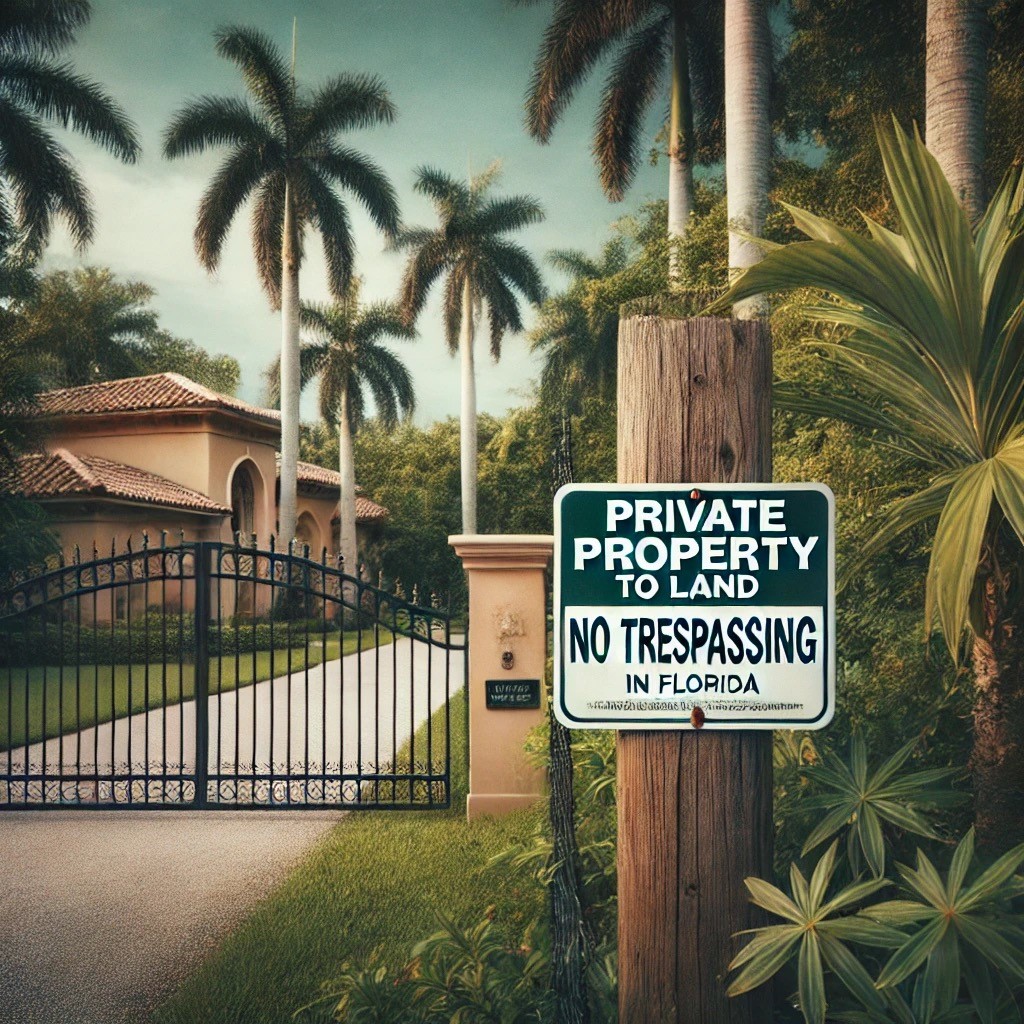Tresspass to property

What are the legal consequences of the unauthorized removal of plants or trees from private property in Florida?
Legal Standards/Rules
1. Liability for Unauthorized Removal: Unauthorized removal of trees or plants from private property can result in compensatory damages, and liability may extend to individuals or entities directly responsible for the removal and those who authorize or control the act.
2. Measure of Damages: According to Fla. Dep't of Agric. & Consumer Servs. v. Lopez-Brignoni, 114 So. 3d 1138 (Fla. 3rd DCA 2024), Florida courts recognize several methods for calculating damages, including:
- The diminution (reduction) in the value of the real estate.
- The cost of replacing the trees.
- The loss of "creature comforts" such as shade or fruit.
- The loss of prospective revenues if the trees had commercial value.
- Additionally, according to Fiske v. Moczik, 329 So. 2d 35 (Fla. 2nd DCA 1976) the value of the property injured or destroyed.
Who Is Liable?
- Liability of Independent Contractors: Employers are generally not liable for the acts of independent contractors unless they assume control over the contractor's performance or authorize the specific acts in question. § 93.22. Sterling Fin. & Mgmt. v. Gitenis, 117 So. 3d 790 (Fla. 4th DCA 2013).
- Statutory Provisions for Protected Plants: Florida law prohibits the destruction or harvesting of plants listed on the Regulated Plant Index without written permission from the landowner and, in some cases, a permit from the Department of Agriculture.
- Surveyors and Engineers: Surveyors and engineers are prohibited from damaging or removing anything on private property without the landowner's written consent. Violations may result in liability for damages, and punitive damages may be awarded if malice is demonstrated.
Analysis
1. Liability for Unauthorized Removal
Unauthorized removal of trees or plants violates property rights and can result in liability for compensatory damages. For example, in one case, a landscape company was liable for compensatory damages after mistakenly removing trees from a neighboring property. Similarly, surveyors who damage property without written permission are liable for damages.
2. Measure of Damages The measure of damages
depends on the specific circumstances of the case. Courts may consider the diminution in property value, the cost of replacing the trees, or the loss of benefits provided by the trees, such as shade or fruit. For instance, in one case, plaintiffs were awarded damages for the loss of ornamental and shade value of a tree removed without consent. Additionally, damages may include the loss of prospective revenues if the trees had commercial value.
3. Liability of Independent Contractors
Employers are generally not liable for the acts of independent contractors unless they exercise control over the contractor's actions or authorize the specific acts in question Stander v. Dispoz-O-Products, Inc., 973 So. 2d 603 (Fla. DCA 2008). For example, an employer was not held liable for trespass when a contractor mistakenly removed trees from a neighboring property after being shown the boundaries of the employer's land.
4. Statutory Provisions for Protected Plants
Florida Law imposes strict requirements for removing plants listed on the Regulated Plant Index. Written permission from the landowner is required, and a permit may also be necessary for certain activities. Violations can result in penalties and liability for damages. Florida Statutes § 581.185. Preservation of native flora of Florida.
5. Surveyors and Engineers Surveyors and engineers
must obtain written permission from the landowner before damaging or removing anything on private property.Failure to do so can result in liability for damages and punitive damages may be awarded if malice is demonstrated.